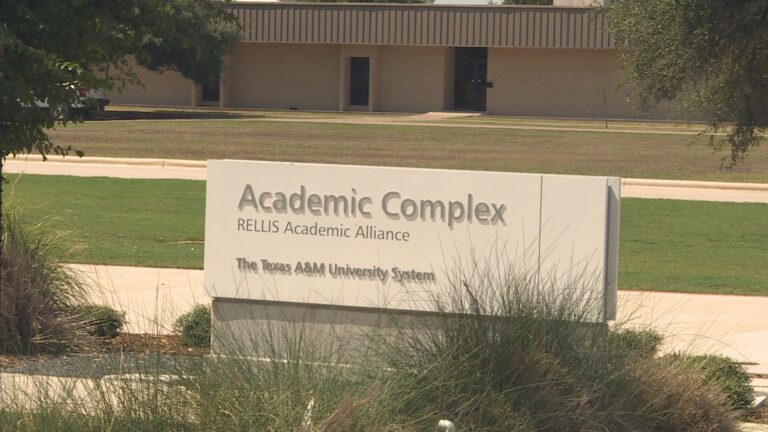Focus at Four: Maritime safety expert helps explain what caused Key Bridge collapse
BRYAN, Texas (KBTX) – With the tragic events of the Francis Scott Key Bridge collapse still unfolding in Baltimore, Maryland, the Executive Director of Marine Education Support and Safety Operations at Texas A&M University-Galveston, Capt. Allan Post joined First News at Four Wednesday to help us understand what marine safety looks like and how a tragedy like the one in Baltimore can be avoided in the future.
“Before a ship sets sail, it’s required to test all of the systems on board to make sure that they are in proper working order,” Post said when asked about the steps taken before a ship can leave port. “Here in the United States and in most ports around the world, you’re required to have a local pilot on board to help guide the ship out of harbor, as well as having tugs to help you as well.”
Post explained how the cargo ship used tugboats until it was under its own power adding the ship lost power after the tugs were removed.
“That is fairly standard practice in in many areas around the country and around the world.”
Post said a key difference between the bridge collapse in Maryland and the 2001 Queen Isabella Memorial Causeway bridge collapse in Texas was the construction of the bridge. Eight people died in that incident.
“The structure down in at the Queen Isabel Causeway were bent piles with beams across from pile to pile. The structure that Francis Scott Key Bridge is a Cantilevered Truss system and once you knock out one piece of the Cantilevered Truss system its integrity is degraded to the point where most likely the rest of the pieces will fall as well.”
Officials with the National Transportation Safety Board boarded the ship and planned to recover information from its electronics and paperwork, NTSB Chair Jennifer Homendy said.







